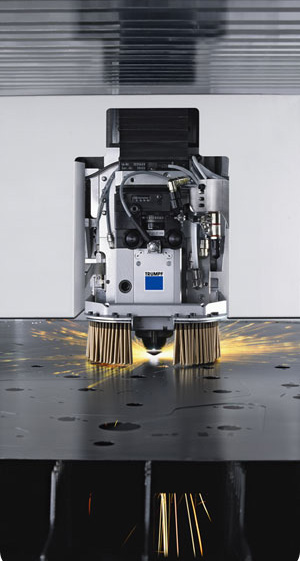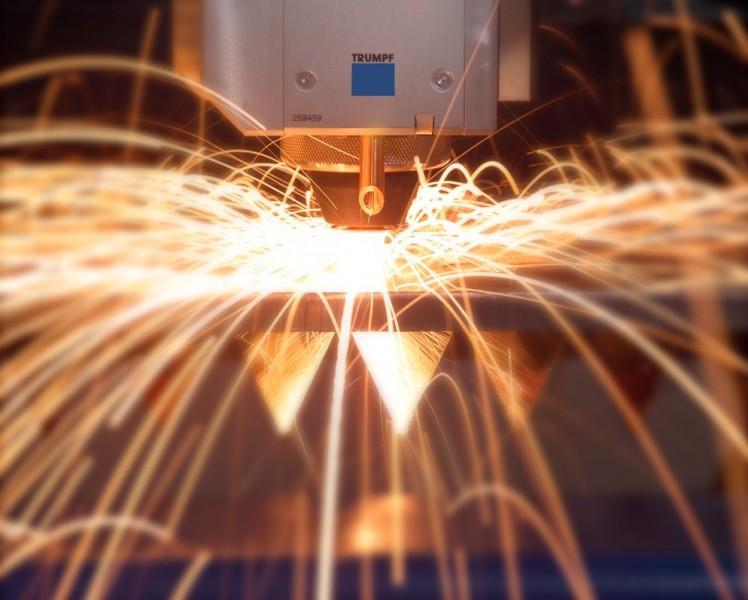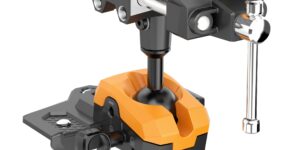Maximizing Parameters in Laser Cutting
Increased cutting speed is the answer to increasing productivity, right? Not exactly. Let’s revisit some techniques that may actually slow you down to negotiate obstacles faster, reduce the overall process cycle, and increase your productivity.
Posted: February 13, 2012
(click on photos to enlarge them)
(click on photo to enlarge it)
The goal of every fabricator is to maximize productivity in order to generate as much revenue as possible. You want to get the job done quickly, accurately and inexpensively. Using auto racing as an analogy, we might say that the fastest machine on the shop floor wins. Correct?
Well, theoretically, yes. However, let me raise the yellow flag because there is a caveat to share – and it’s an important one: It is not just speed that makes the sport. And it is not only speed that wins on the shop floor. In auto racing, there are other factors, such as setup, where adjustments have to be made to the vehicle’s suspension, brakes and transmission.
Also, the time it takes to service/pit stop the car with regard to new tires, air pressure, and minor adjustments contributes to success. And when you’re on the racetrack, you may find that you need to actually slow down in order to negotiate obstacles faster. These same principles hold true for sheet metal processing, and fabricators need to recognize that factors in addition to laser power and speed contribute to productivity.
Some other aspects to help increase your productivity include (1) finding ways to reduce non-productive times, such as set-up times, and (2) reducing down times by improving reliability of the machine process. In this column, we’ll focus on ways to expand your productivity by increasing speed and improving process reliability. And to that end, here are some basic, and maybe not-so-basic, tenets for sheet metal fabricators to consider:
INCREASING YOUR SPEED
When processed with nitrogen as an assist gas, stainless steel and aluminum, as well as heavy plate, will see an increase in power. Light gauge steels also benefit from this increase in power by using nitrogen as an assist gas instead of oxygen. The use of oxygen as an assist in light gauge material limits the amount of power that can be applied to the material. The oxygen will actually do 70 percent of the work. This limits the cutting speed independent of the maximum laser power of the machine.
The use of nitrogen allows the laser to use the full power of the machine as this process is based on the laser power doing the majority of the work. An increase in power can lead into 50 percent to 60 percent increases in cutting speeds.
In addition to the speed, the use of nitrogen will provide a superior cut quality to oxygen and ensure proper weld surfaces and paint adhesion—and it will also eliminate secondary operations. The drawback, however, will be in gas consumption. Using nitrogen as an assist gas will result in 10 to 15 times the consumption rate of gas to oxygen. While there is an increase in cost due to the greater consumption, nitrogen should still be strongly considered. The higher processing speeds will produce more parts per hour at a higher quality with no secondary operations required.
A lower cost solution would be to consider the use of compressed air as an assist gas. Compressed air is comprised of approximately 80 percent nitrogen and 20 percent oxygen. This gas allows the operator to use the full power of the machine and have the added boost of the burning process of the oxygen. This can result in a 60 percent to 70 percent increase in processing speed, but the drawback would be in a maximum thickness of 14 gauge material and the possible requirement of secondary operations depending on the application.
IMPROVING PROCESS RELIABILITY
Another parameter to consider for increasing productivity in laser cutting is process reliability. This involves employing sound techniques when choosing your material and doing programming.
The first consideration related to process reliability that I would like to discuss is the piercing method. The two most common methods are a peck or slow pierce, and the second is a blast pierce. Each of these methods has their benefits. The blast style pierce is a more violent style of pierce. It will provide the quickest overall process time, but it will produce a larger hole.
The peck pierce is a controlled pierce, which, in general, will take more time than a blast pierce but will produce a much smaller pierce hole. The peck pierce will, in most cases, be the desired method of producing holes equal to or less than material thickness in steels 5/8 in thick and less. In thicker material the key is to create a small pierce hole quickly, as a peck style pierce can take more time as well as potentially apply more heat to the area. This additional heat can at times affect the consistency of the quality of the hole.
If smaller holes are required, an effective method would be the use of a pre-pierce. In this process a blast style pierce would be used along with a smaller nozzle orifice in order to create a pierce hole smaller than the desired hole. The entire sheet would be pierced and then the nozzle would be changed back to the proper size for cutting. This method would add some additional time but it will ensure a very consistent process.
MATERIAL QUALITY
In addition to piercing, material quality plays a role, especially if the material has a layer of scale on the surface. This scale will have a significant impact on the cutting quality and consistency, as during the cutting process this scale will affect the flow of assist gas to the cut, resulting in poor cut quality. In this circumstance the scale could be removed prior to the material being placed on the machine, and a light film of oil applied to the surface or the part geometry can be etched on the surface of the material to remove the scale. Afterward, the part can be cut normally. This will generally eliminate the issues of poor or inconsistent quality.
A second consideration should be a stress relieved material. In some cases a material with an abundance of stress can actually bow from the thermal process and collide with the cutting head, causing an interruption in the production process.
PROGRAMMING
A further consideration should be in programming. Many programming systems can provide an effective nest utilizing the best material usage and providing the least amount of scrap. But this is only the first step in the process. The system should also utilize proper tool paths that avoid possible collisions and allow the laser head to stay close to the material to ensure the most effective processing time and reliable process.
Also, the use of scrap cuts, particularly in heavy plate cutting, allow for the removal of the parts and the skeleton by an operator in a non-automated system done quickly and effectively. This is especially important in thicker material.
At the end of the day, a solid understanding of your laser machine’s capabilities, as well as having processes in place that employ reliable practices, may initially appear to slow the overall process of laser cutting. But just the opposite is true. In fact, taking the time to fine tune your processes will actually result in greater productivity.













